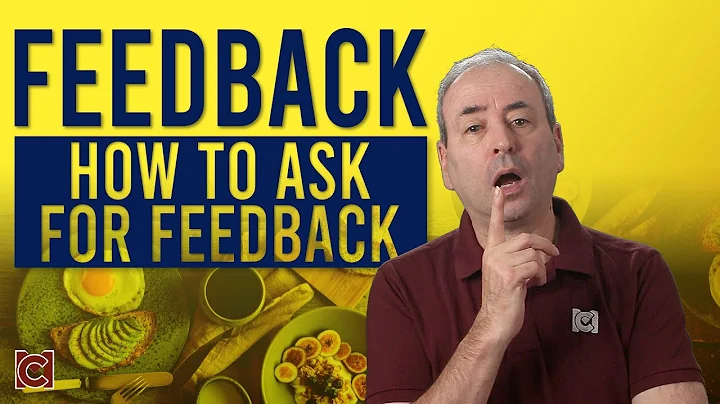What is the best project proposal outline?
Let's dive into crafting a project proposal that truly stands out. Imagine you're painting a picture, where each stroke adds depth and clarity to your vision.
Project Proposal Outline:
1) Title slide: Think of it as your project's handshake – firm, confident, and inviting. It's simple: just the project's name, your organization, and who it’s for.
2) Value proposition: A sharp one-liner that makes it clear what you offer and why you’re the best option for this project and client.
3) Team and Resources (Who we are): who's on this journey with you? Introduce your dream team and what each brings to the table. It's like assembling a crew for a space mission – every role is crucial.
4) Executive Summary (project overview): Here's where you grab attention. You're giving them a taste of the whole story in just a few bites. Make it irresistible.
5) The problem: Share the problem or goal like you're telling a story. Make it personal, make it matter. But don’t neglect to lay down the facts. Show them why this problem is a dragon worth slaying. Use stats and research that demonstrate the risk of leaving this wound untreated.
6) The solution (methodology and scope): The project scope is your map. It shows where you're going and where you're not. It's about boundaries and promises. The methodology is your game plan. How will you conquer this challenge? It's about strategy, tools, and approach (don’t go into technical detail unless asked).
7) Project details:
-
Risk Assessment and Management: Every adventure has risks. Identify them. Plan how you'll dodge these arrows.
-
Objectives and goals: Be sharp and precise. What exactly are you aiming to achieve? Make sure it's specific, measurable, achievable, relevant, and time-bound.
-
Monitoring and Evaluation: Align your metrics, benchmarks, milestones, and KPIs with your objectives and goals. This is about tracking progress and making sure you're on course.
8) Project timeline: Your timeline and schedule are your project's rhythm. When will each step of the dance happen? Keep your milestones realistic, and keep them achievable.
9) Project costs and budget: Time to talk money. Be transparent about costs. This builds trust and shows you've got your ducks in a row.
10) Social proof or internal endorsement: Don’t have them take your word for it. Show them that you’ve got the track record to prove you’re the one for the job. Either by past clients or by company managers who back your initiative.
11) Project summary: This is your conclusion. It's your closing argument, your mic drop. Summarize why this project is a beacon in the night. Make it urgent. Make them feel it needs to get done now.
12) Next steps: This is your starting pistol. Having brought your decision-makers onto the track. It’s time to get things running. Get them to put in their first concession. Tell them what’s the next step and have them do it now.
It’s easy to forget that your proposal is more than a document. It's a declaration of your vision, your commitment to making something remarkable happen. Let's make it a journey worth taking.











